
5 Amazing Landmarks That Could Disappear In Your Lifetime: However, for some pretty earth-shattering reasons, our world is full of iconic monuments. It seems that many of our world’s legendary landmarks that once seemed insurmountable may be in danger of being lost forever. From the Falling Wall of China to the Crumbling Tower of Pisa Here you can take a look at some of the signs that may be missing in our lifetime.
#1 THE EIFFEL TOWER
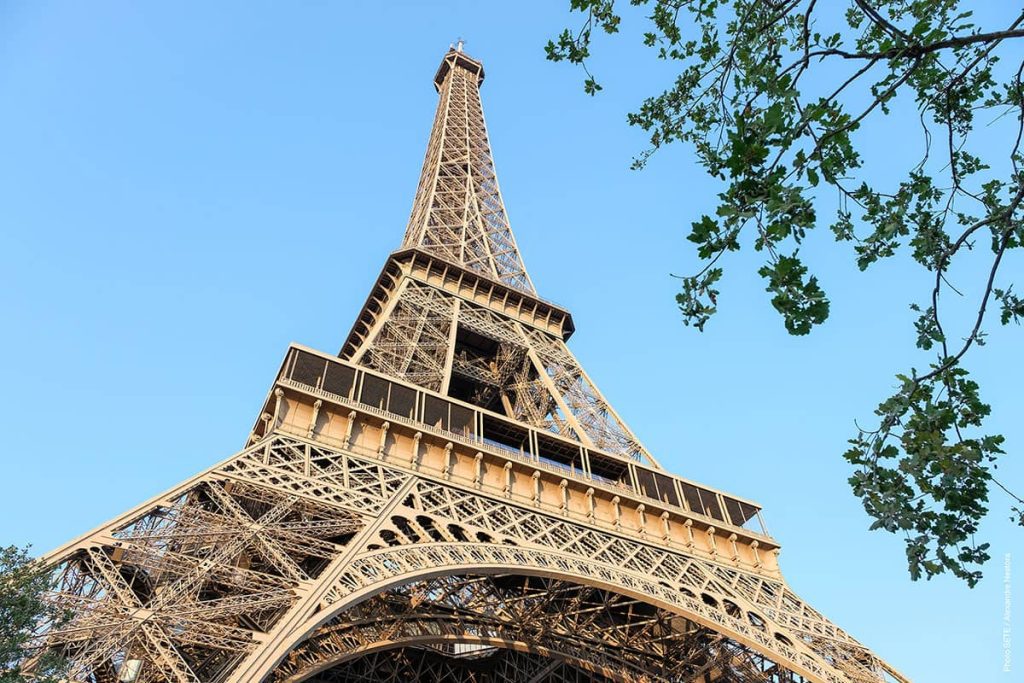
Fashion, food. Romantic! (cough) Parisian culture is definitely one of the most famous in the world. But aside from croissants and floods of red wine, there is one thing that undeniably defines France: the Eiffel Tower. Built in 1889, the tower commemorated the 100th anniversary of the French Revolution. Interestingly, it was intended to stand for only 20 years. However, given its height, scientists recognized its value as a radiotelegraph station, so it was kept.
But for how long can a tower survive?
Are there really 20 years left? Well, according to some, it’s not too late. At 135 lbs., this Mademoiselle isn’t doing terribly. Although it is made of iron, the future may be bleak for the Eiffel Tower. You see, when exposed to moisture or oxygen, a chemical process known as oxidation occurs in iron. During this process, iron turns into iron oxide, which is usually reddish and flaky and which we commonly know as rust. If left untreated, rust will gradually corrode the iron, weakening its physical integrity.
For years now, rust has taken over the Eiffel Tower. Indeed, in 2022, reports leaked by the tower’s management revealed how rust was eating away at iron like termites on wood. And if nothing is done, we can say that restoration of the Eiffel Tower within the next decade or so. This is because, left untreated, corrosion will eventually weaken parts of the structure to the point that they will inevitably collapse. But in somewhat unusual behavior, the French government reportedly just keeps painting instead of repairing the damage every seven years. Experts are of the opinion that this is only making the corrosion worse if it is not taken away.
Repairs are made to the metal and, at a deeper level, its structural integrity, would become a real threat. So will the Eiffel Tower disappear in our lifetime? It is definitely possible. After all, just hiding your problems with paint won’t make them go away.
#2 THE GREAT WALL OF CHINA
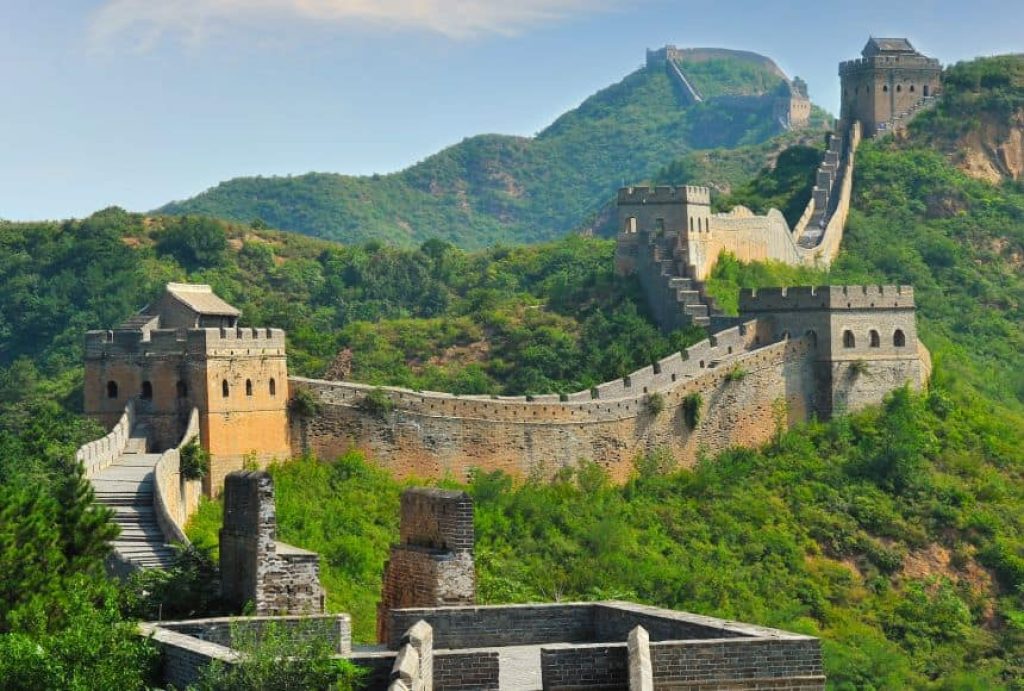
The amazing 2,241-year-old Great Wall of China is so famous that it is officially one of the Seven Wonders of the World. But long before it became a tourist trap for Instagram snaps, it was actually conceived to protect the country from violent invading tribes. And while it may be strong enough to protect ancient China, is it strong enough to stand the test of time? Looking at recent photos like this one, it looks like the wall is still in good shape.
And admittedly, at over 2,000 years old, the old girl isn’t looking too shabby. However, the United Nations Educational, Scientific, and Cultural Organization (UNESCO), a.k.a. According to, about 30 percent of the wall has disappeared. How? Well, first of all, natural erosion from the elements has definitely taken a toll on the wall. And after all, rainwater is usually acidic and naturally dissolves rock over time. But there is one thing, or rather, 10 million things destroying the wall, that is worse than nothing. The tourist Sure, innocent tourists
Walking along the wall and taking pictures seems perfectly harmless. However, multiple sources, including The Guardian, have reported that many visitors actually take bricks from the wall as souvenirs. Needless to say, this is a minor problem. China’s new regulations state that anyone caught stealing from or defacing the wall can be fined up to 5,000 yuan, which is about $720, the Global Times reports. But despite the destruction caused by tourists, there is still another type of erosion to consider. The wall is being reduced to piles of dirt, and the vast expanse could be completely gone in 20 years. So better go for it while you can. Just don’t steal a brick. Just don’t steal a brick.
#3 THE TAJ MAHAL
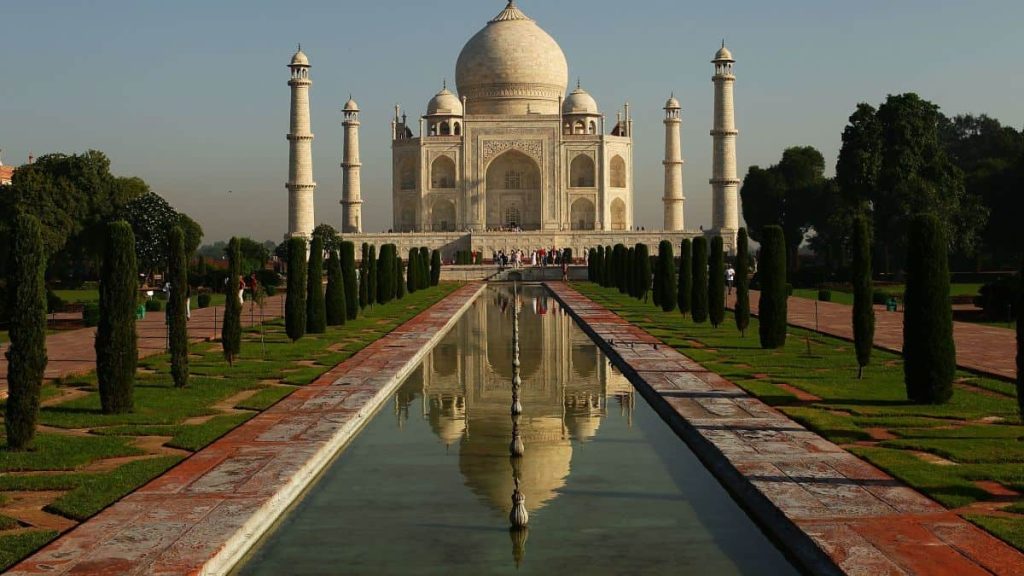
India is a huge country full of culture. From food to fashion and everything in between, there is plenty to enthrall the visitor. However, when it comes to signs, there is one that stands out. I am, of course, talking about the Taj Mahal. Like the Great Wall of China, this A-list landmark finds itself a member of the Seven Wonders of the World club, but that membership may soon be a thing of the past. This is because, unsurprisingly, its demolition plan is the most talked about. of the Indian Government, this tomb was built by the Mughal emperor Shah Jahan to keep his wife Mumtaz Mahal alive.
But thanks to its magnificent white marble facade and pointed domes, the magnificent mausoleum soon became internationally recognized, and today it attracts around 8,000 visitors. million visitors annually, But all that is about to change. Thanks to excessive vehicles, coal burning, dust storms, and forest fires, India is said to be the third most polluted country in the world. As a result, along with algae and insect waste, the once pearly white Taj Mahal and insect waste, the once pearly white Taj Mahal is slowly turning sickly shades of green and yellow. Even so, local authorities seem to be responsible, with the Uttar Pradesh government turning a blind eye to the Indian Supreme Court’s disapproval.
In fact, the rapidly deteriorating quality of India’s most precious monument has become a matter of concern for the Indian Supreme Court. they have actually presented an ultimatum to the Uttar Pradesh government, Either they restore the monument, or they have it closed and possibly demolished. It’s safe to say that this would be devastating for the city of Agra’s economy and perhaps even wider India, considering that, as of 2019, the tomb has generated over $16–50 million from ticket sales alone. have earned So will the Taj Mahal survive? Or will it be bulldozed into a distant memory? By the way, there are talks of banning polluting vehicles and industries in this area, but these kinds of talks have been going on for years without any result. So it seems that for the iconic crown, only time will tell.
#4 UNDERWATER CITIES
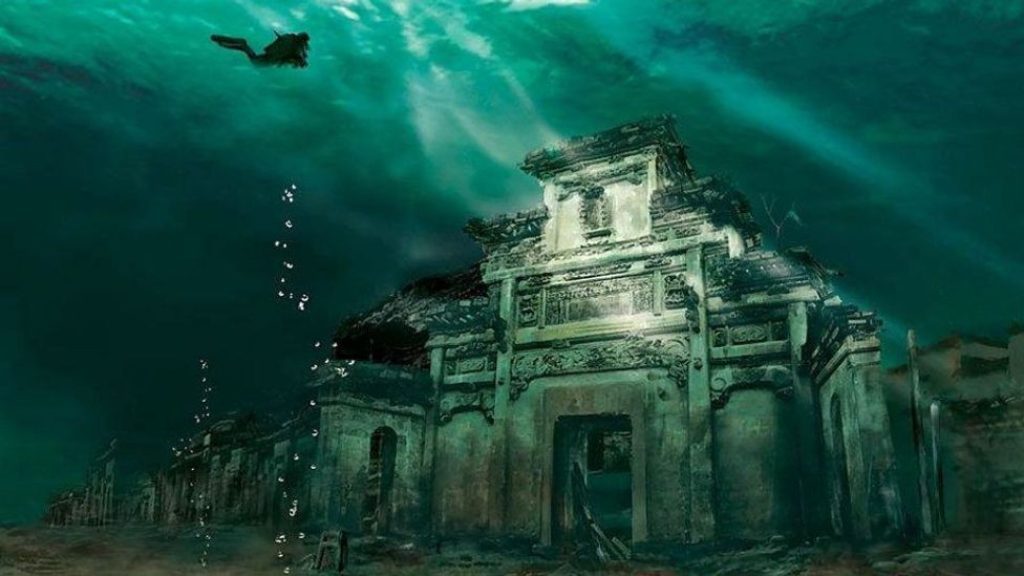
Climate change Two other C words many people don’t like to say out loud Yet, the concept is becoming more real every day. Even if something is not done soon, there may be some famous places on earth, Underwater by 2050. And in a troubling existential sense for any Gen-Xers and Millennials to see. According to the Goddard Institute for Space Studies, since the Industrial Revolution, we have put enough greenhouse gases into the atmosphere to raise the Earth’s global temperature by one degree Celsius. And sure, at their core, greenhouse gases aren’t inherently bad because they help retain the sun’s heat, keeping the planet at a constant temperature.
Temperature is useful for life. However, thanks to us, this natural and harmonious balance of greenhouse gases is now in surplus, meaning that Earth’s natural cycles of climate change are being accelerated to catastrophic levels. The ice caps are melting fast, and in doing so, sea levels are rising, which can only be a problem for us on Earth. An increase of one degree Celsius may seem insignificant, but huge changes are already happening. And scientists believe that if global temperatures were to rise by two degrees Celsius, it would set off an unstoppable process that could raise sea levels by a staggering 16 to 29 feet in some coastal areas, which would flow into the city and destroy many areas of Manhattan’s waterfront districts. Famous NYC landmarks could be at risk, including Lady Liberty herself, as water creeps closer to their island sanctuary by then.
In the decades and centuries that follow, if the ice caps melt almost completely, Lady Liberty may do so. The day is almost completely immersive. However, if some regions of the world are predicted to rise as much as 16 to 29 feet in sea level, A wall needs to be built around the entire city. If this is not done, New York may become less of a concrete jungle and more of a concrete aquarium. Further south, you’ll find another coastal US city with a high risk of flooding: Miami, Florida. Currently just three feet above sea level, by 2060, the surrounding sea level is expected to rise by about 31 inches, according to University of Miami research. According to this time frame, it is estimated that Miami Beach and its landmarks, such as the Art Deco hotels on South Beach and Ocean Drive, will become uninhabitable within three decades.
#5 THE DEAD SEA
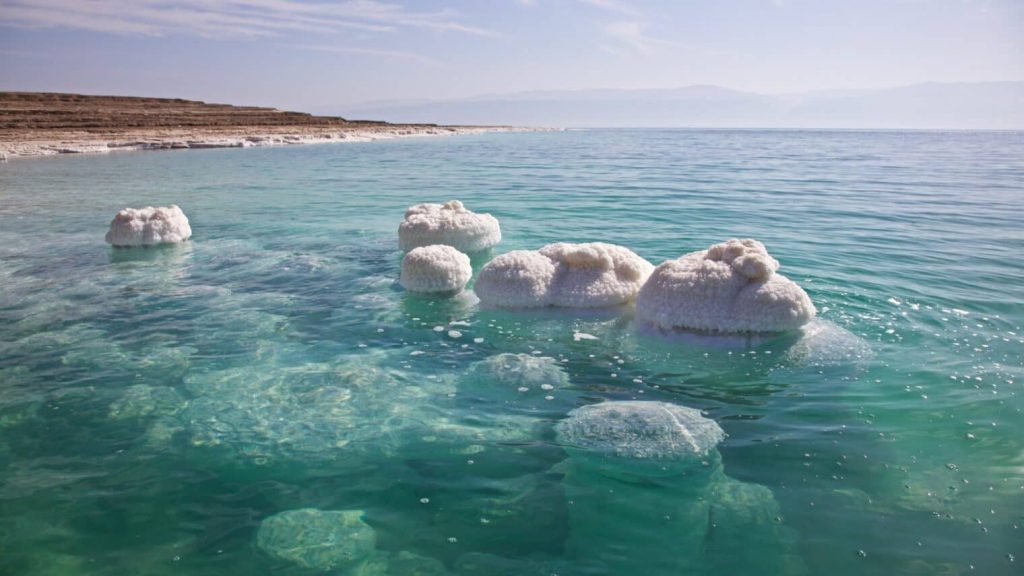
The Dead Sea is one of the saltiest lakes on Earth because of its uninhabited nature. However, in an unfortunate, yet ironic, turn of events, it appears that the Dead Sea is actually dying. How is she dying? Well, no surprise, this is another man-made problem. But this time, climate change is not so great. It actually belongs to a tributary of the lake. In this case, the Jordan River flows into the Dead Sea, supplying it with water. According to Professor Abu Jaber, an expert in groundwater geochemistry in Jordan, the Dead Sea used to receive about 200 million cubic meters of water each year.
However, during the 1960s, Israel began diverting the headwaters for various human uses. Later, Jordan and Syria also participated in the process, and the extraction of minerals from the water vapor in the region has reduced the Dead Sea. More than 100 million cubic meters of water today. At this rate, if no major action is taken, the tributaries feeding the Dead Sea are at serious risk of drying up completely by 2050. It is then likely to evaporate completely under the increasingly hot Middle Eastern sun in the coming decades. So if we don’t want it a unique natural landmark to evaporate like a pan of water on the stove for too long, governments in the region better get their act together.
People Like To Read Also This:







